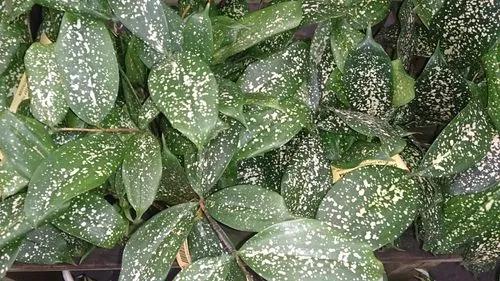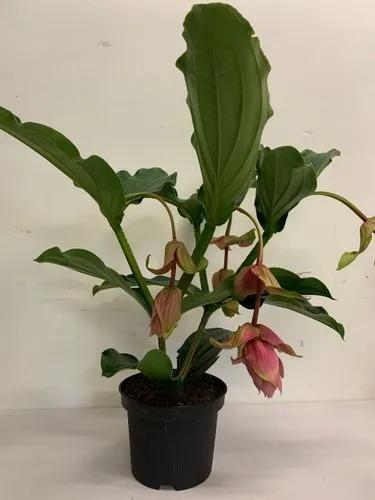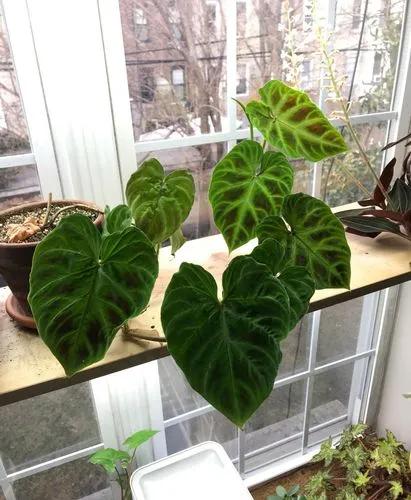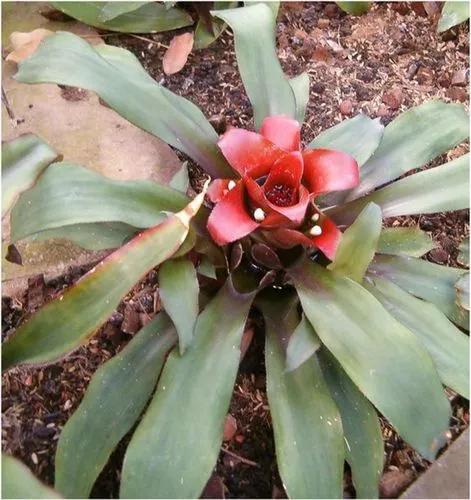Acacia cognata, commonly known as bower wattle, river wattle or narrow-leaved bower wattle, is a tree or shrub species that is endemic to south eastern Australia. It grows typically grows to a height of 0.6 to 10 m (2 ft 0 in to 32 ft 10 in) in height and has an erect to spreading habit. It has smooth, grey or grey-brown coloured bark on the trunk and larger branches. The branchlets have low longitudinal green to brown coloured ridges that alternate with sticky resinous bands
Acacia Cousin It Care
Acacia cognata 'Cousin Itt'
Other names: Acacia Cognata, Bower Wattle, River Wattle, Narrow-leaved Bower Wattle



What is the plant
How to Care for the Plant

Water

Known as a low maintenance plant, this variety flourishes well with little attention and infrequent watering. But as with any plant, more watering will be required until the root system is established.

Pruning

Prune only to reduce the spread.

Fertilizer

Fertilise with a slow release native fertiliser in Spring.
Ease your plant care routine with PlantIn's personalized system.

Sunlight

Part shade.

Soil

Grows in fertile, organically rich, continuously moist to boggy soils.

Temperature

Not frost resistant.
Ease your plant care routine with PlantIn's personalized system.

Popularity

102 people already have this plant 5 people have added this plant to their wishlists
What's wrong with your plant?
Related Plants
Discover more plants with the list below
Popular articles






